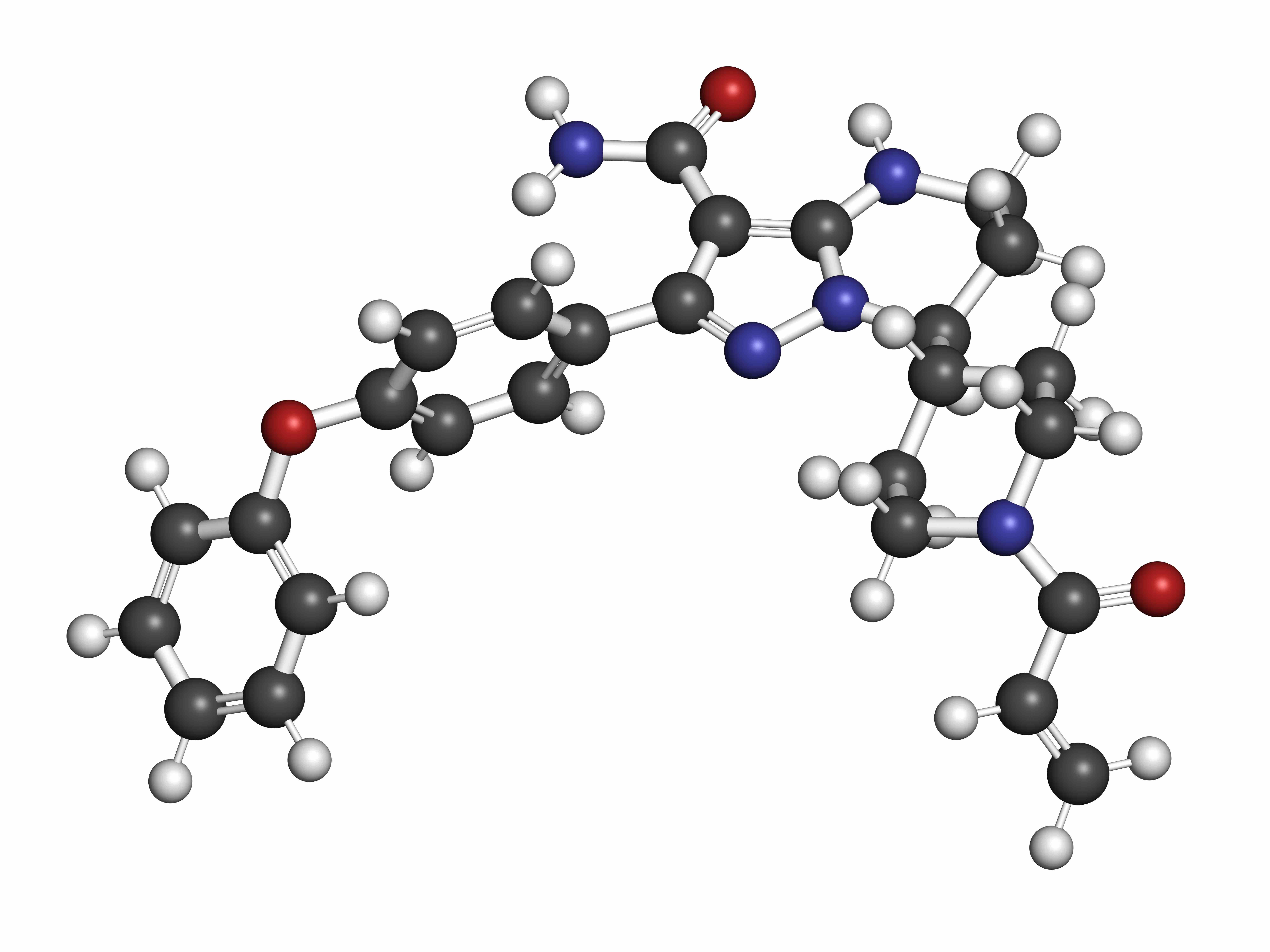Article
Cellular Metabolism a Potential Target for New AML Therapies
Author(s):
Five metabolic inhibitors appear to have strong antiproliferative effects on acute myeloid leukemia (AML), according to a new study.
New research suggests that targeting cellular metabolism in patients with acute myeloid leukemia (AML) could be a meaningful therapeutic strategy, according to new study results, although the authors say the approach would likely need to be highly personalized.
In the journal Cells, corresponding author Øystein Bruserud, MD, PhD, and colleagues write that many cancers involve changes in cell metabolism, including AML. As a result, they hypothesized such changes could be exploitable as therapeutic targets. The investigators are affiliated with the University of Bergen and Haukeland University Hospital, both in Norway.
To better understand the potential of such therapies, Bruserud and colleagues looked at the in vitro antileukemic effects of 7 metabolic inhibitors, each targeting a different metabolic pathway. They used proliferation and viability assays to test the metabolic inhibitors on AML cells derived from 81 patients. For comparison, the team looked at the global gene expression and proteomic profiles for multiple patient subsets.
Five metabolic inhibitors—metformin, 2DG, 6AN, BPTES, and ST1326—were found to have strong antiproliferative and proapoptotic effects in most of the patients studied. Twenty-nine patients saw a strong antiproliferative effect on their AML cells after treatment with all or most of these 5 inhibitors.
The remaining metabolic inhibitors—lonidamine and AZD3965—were effective in a minority of the patients included in the study. When the investigators combined the inhibitors with the chemotherapeutic agent AraC, they saw additive antiproliferative effects.
“Gene expression and proteomic studies suggested that this subset was characterized by altered metabolic and transcriptional regulation,” they said.
The authors also noted a positive impact when the Bcl-2 inhibitor venetoclax was given in combination with metabolic inhibitors.
“Our results showed that the combination of venetoclax with a metabolic inhibitor had a stronger antiproliferative effect than the effect of either of the agents tested alone,” they said, suggesting that further study should be undertaken in this area.
Although their study bolsters the case that metabolic targeting can be a promising approach in AML, the authors also noted that AML cells are highly diverse and have a flexible metabolism. As a result, they caution that blocking one metabolic pathway might simply cause the cells to shift and use a different pathway.
“Simultaneously targeting multiple metabolic pathways may therefore be an approach to remove their ability to survive under stressful conditions and render them vulnerable to anticancer treatment,” the authors write.
The investigators add that the impact of metabolic inhibitors appears to depend on different cellular and molecular mechanisms than those at play in conventional chemotherapy, a conclusion they say is supported by their finding that AraC enhances antiproliferative effects.
“Synergistic effects of inhibitors that target glycolytic activity in combination with chemotherapeutics have been considered as a potential therapeutic strategy in AML and our data supports further exploration of this treatment strategy,” the authors say.
Taken together, the authors say their results suggest potential new treatment strategies, but they write that the variations in which metabolic inhibitors worked in which patients means an individualized strategy might be necessary for maximum impact.
“Thus, the various strategies for metabolic targeting in AML should be further characterized, especially in patient‐derived xenograft models, but also in clinical studies, and there should be a focus on patient heterogeneity in these studies,” they write.
Reference
Grønningsæter IS, Reikvam H, Aasebø E, et al. Targeting cellular metabolism in acute myeloid leukemia and the role of patient heterogeneity. Cells. Published online May 7, 2020. doi: 10.3390/cells9051155




